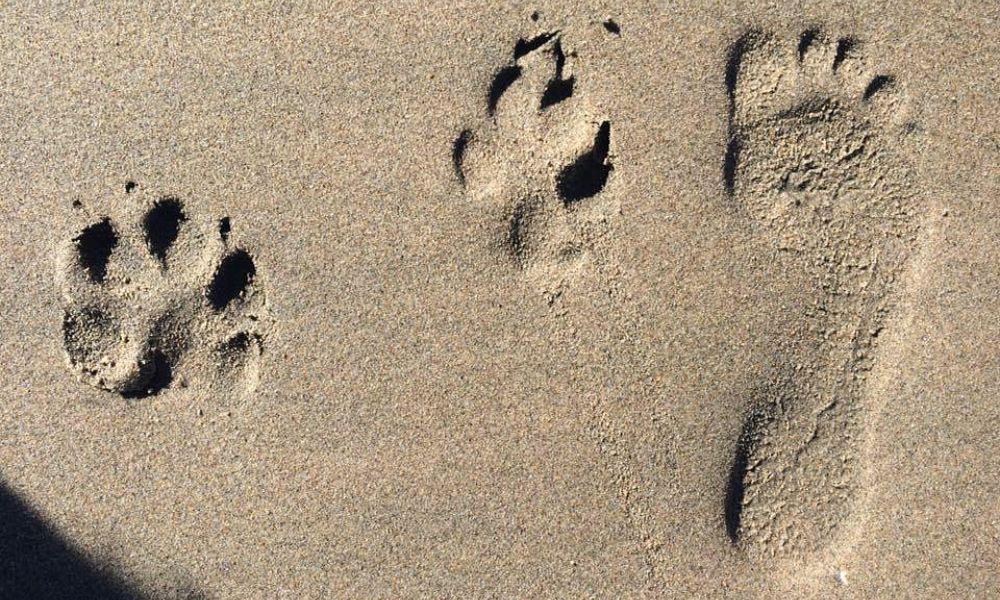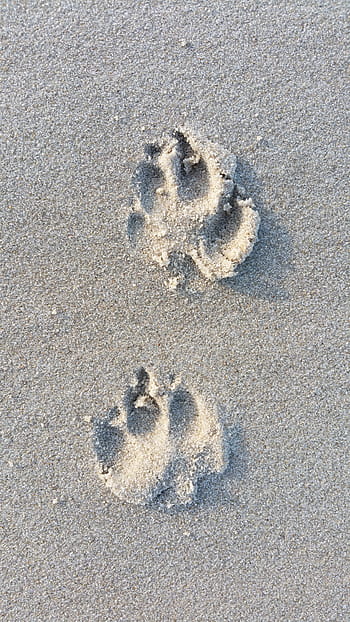
Animal Tracking
Spotting wildlife can be tricky! You can still learn about the animals around us by looking for clues.
Print out the Santa Cruz Animal Tracking Checklist or have it downloaded on your phone to reference out in the field. Bring along tools such as a camera or ruler to assist in recording and identifying tracks. Look around your own neighborhood or walk along a local trail. Great places to look include patches of dirt, mud, or sand that animals could have left their tracks in.
On your Adventure
Pay close attention to the trail and sides of the trail! Be careful to avoid touching plants you don’t know, some of them can harm you such as poison oak. Animals often use the same trails as us, so there is no need to stray far from a trail to find animal tracks.
There are more signs of animals you can look for beyond tracks! Other evidence that animals leave behind are scat, feathers, fur, and nests. You can record these findings in the trail notes or at the bottom of the checklist.

Cats vs. Dogs
How to tell the difference between cats and dogs: Cats have retractable claws that don’t show up on their track whereas dogs’ claws are always out and often show up on their tracks. See images below for reference.
Questions to consider on your tracking adventure
- Look around! What animals do you think live in this habitat?
- Can you tell which direction the animal was going? If so, try following the tracks to see where they lead.
- Do you think the animal was walking or running? Why?
- What time of day do you think the animal made these tracks?
- What do you notice about the scat? Do you think this animal is a predator or a prey? A carnivore, herbivore, or omnivore?
Need help? Use these tools to learn more from your observations:
























